An interesting satire of those generic branding ads that should be useful when studying propaganda and advertising.
Tag: propaganda
Soviet Space Progaganda
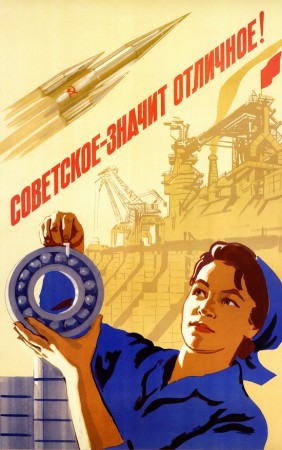
An excellent set of Soviet propaganda posters from How to be a Retronaut. The collection contains a fascinating blend of of triumphalism sprinkled with some attempts at modesty.

The posters make wonderful subjects for the study of propaganda and the space race.
My favorite:
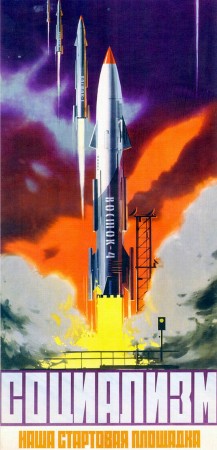
Facing the Advertising Noise
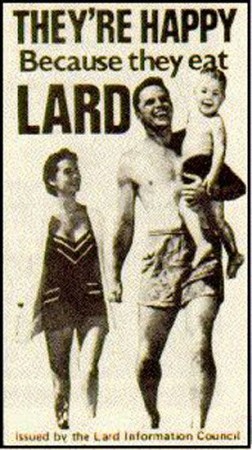
We face a lot of advertising. All the time. According to Martin Lindstrom, the author of Brandwashed, “the average American 3-year-old can recognize 100 brands” (NPR Staff, 2011). I usually discuss advertising at the same time as we’re talking about propaganda.
Guy Raz has an excellent interview with Lindstrom on All Things Considered.
Propaganda Posters from WWIII
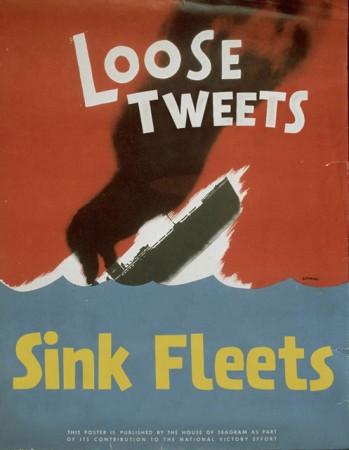
Next year we’ll be looking at (and creating) propaganda posters when we study 20th century conflicts. Brian Moore has a wonderful set of adaptations of WWII posters for WWIII.
Inspired by the 2009 Iran election protest and activism and censorship therein, the WWIII Propaganda Posters were conceived as a mostly playful statement on wartime, citizen journalism, censorship, and how they all play with the advent of the Internet.
— Brian Moore: WWIII Posters
Because I’m such a fan of open-content, collaborative efforts like Wikipedia, my favorite poster is below.

I particularly like the eclectic selection of titles.
(found via How to be a Retronaut).
Anheuser-Busch and the industrial revolution

Why take a group of middle schoolers on a tour of the Anheuser-Busch factory? After all, no one will be trying any samples and the main point of the museum and the tour itself is to make people feel good about the company and buy more of its products. Which would be beer.
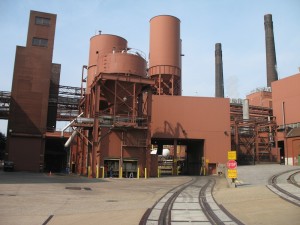
The answer is that the history of the company ties directly into the history of the industrial revolution in the U.S.. Its large scale industrial process was made possible by the serendipitous German immigration into St. Louis in the late 1800’s. Just then the expansion of grain farming in the mid-west and the railroads could supply the raw materials for beer on a massive scale. New assembly lines and automation could efficiently process these inputs, resulting in large scale production. Successes bred new inventions, with the company retaining the services of Rudolph Diesel to introduce his engine to the U.S..

The survival of the company during prohibition (1920-1933) was another point of interest. Anheuser-Busch survived by diversifying from its core business, making non-alcoholic drinks and selling baker’s yeast among other things. At the end of prohibition, Anheuser-Busch was the only large brewer left in the city St. Louis.
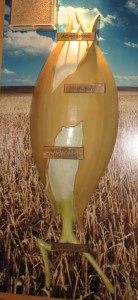
We also saw a bit of chemistry during the tour. The breakdown of complex starches into sugars as part of the fermentation process is a basic example of organic chemistry in action (polymers –> monomers). Light beer, for example, is kept in the tanks longer so that more of the starches are broken down into simple sugars. There were even a couple of big models of barley grains and hops buds showing their parts, that tie in to our life-science lessons next year.
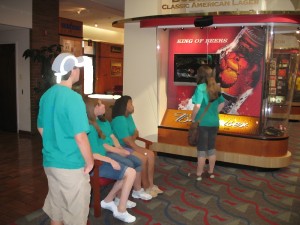
Even the surfeit of advertising could be used to advantage; the first thing inside the door of the museum is a television playing Anheuser-Busch’s most successful commercials. We’ve been discussing propaganda all year, so the students were somewhat inoculated to the barrage of feel-good messages, and we specifically discussed this in our post-tour group meeting.
Our tour guides were great. Informative, friendly and willing to answer questions, I particularly appreciated that they joined us in our group discussion after the tour and answered the questions that came up as best they could.
This tour exceeded my expectations.